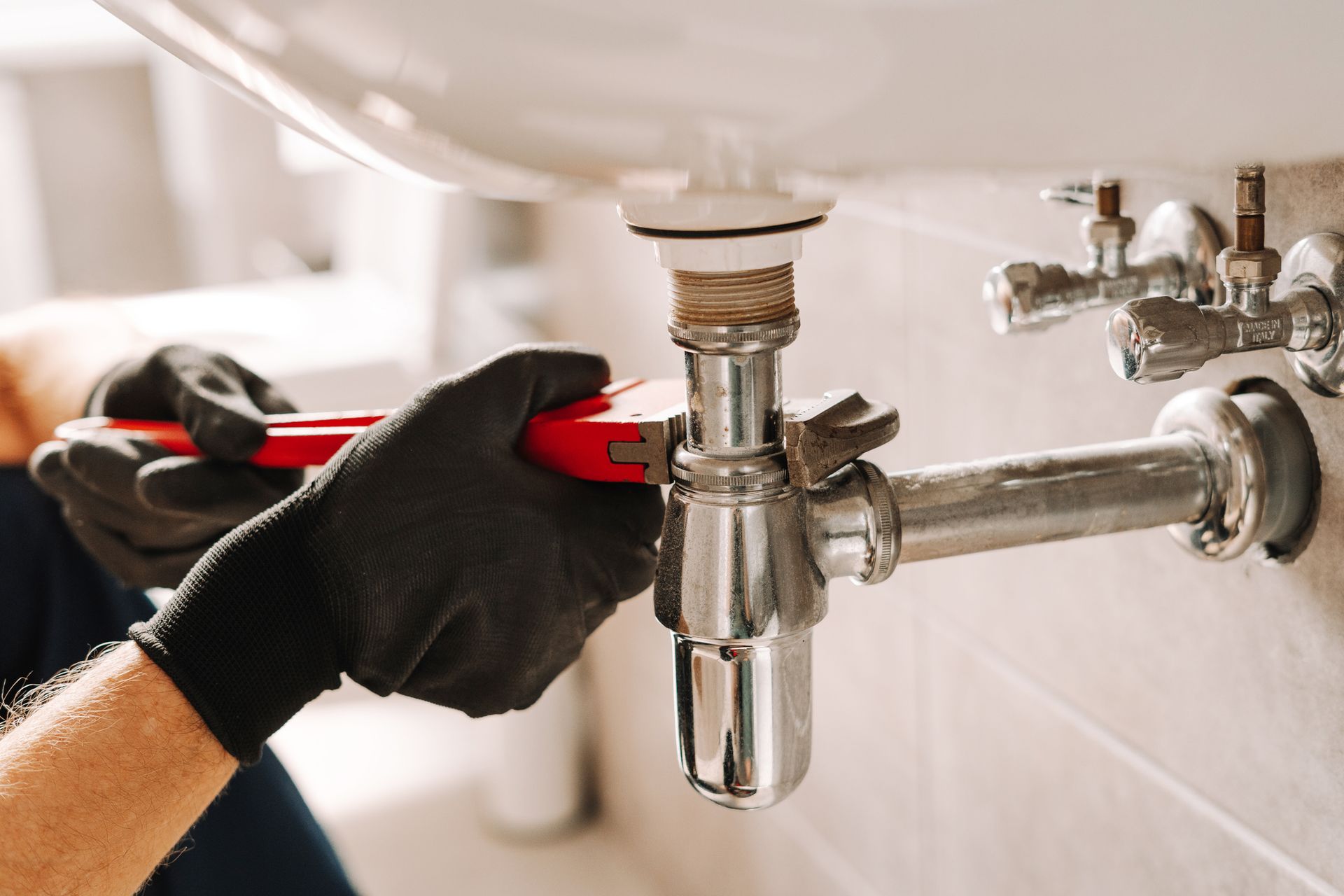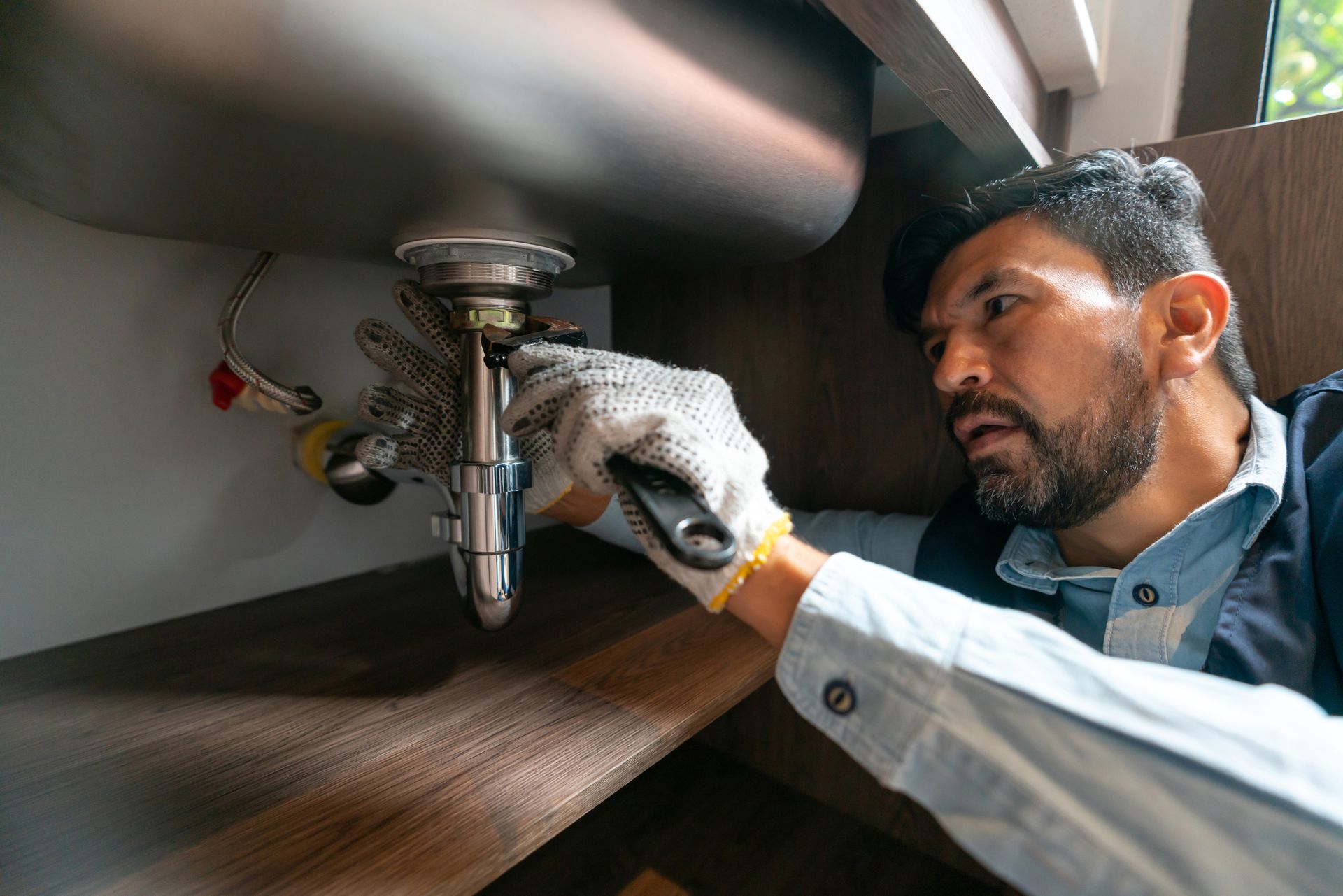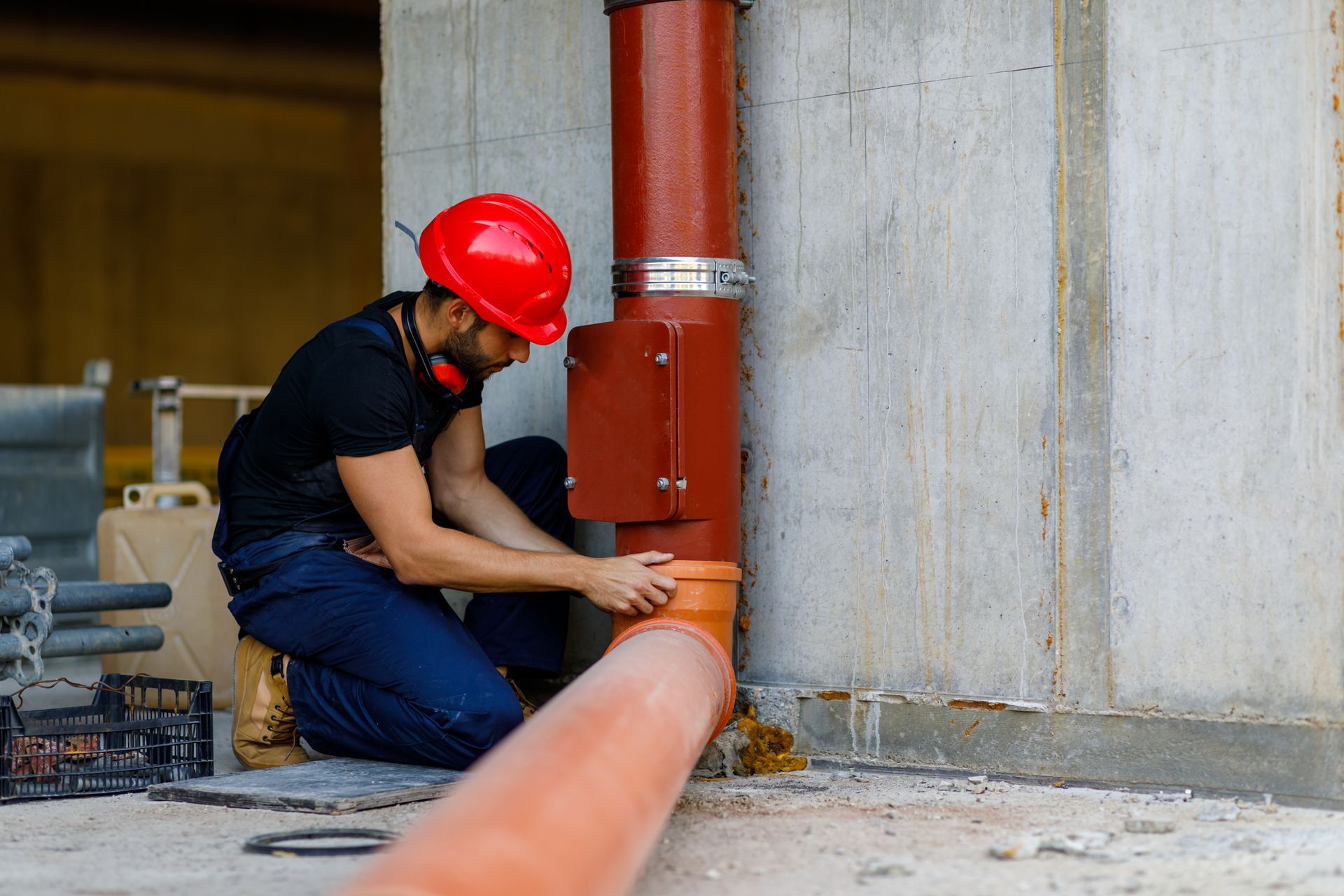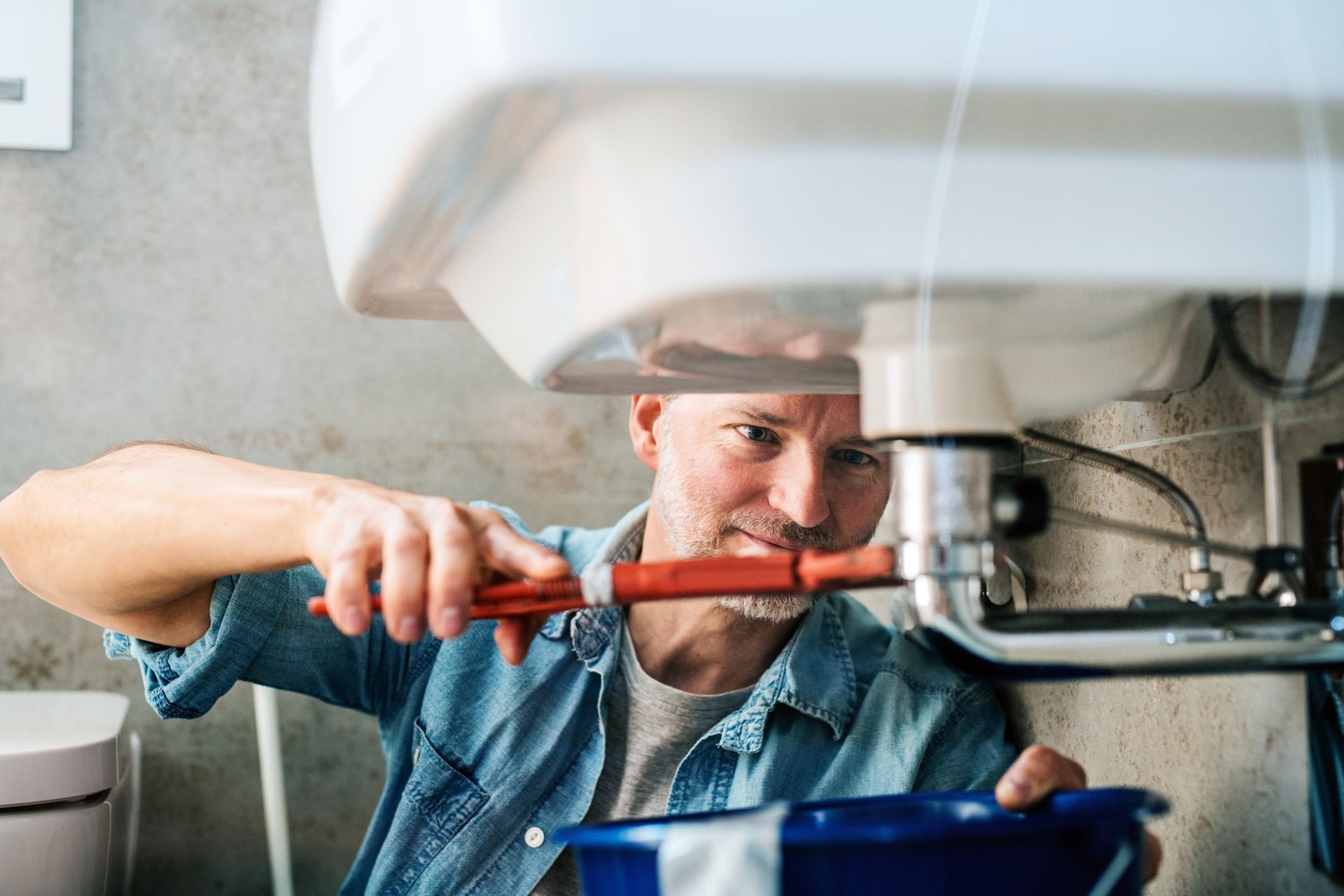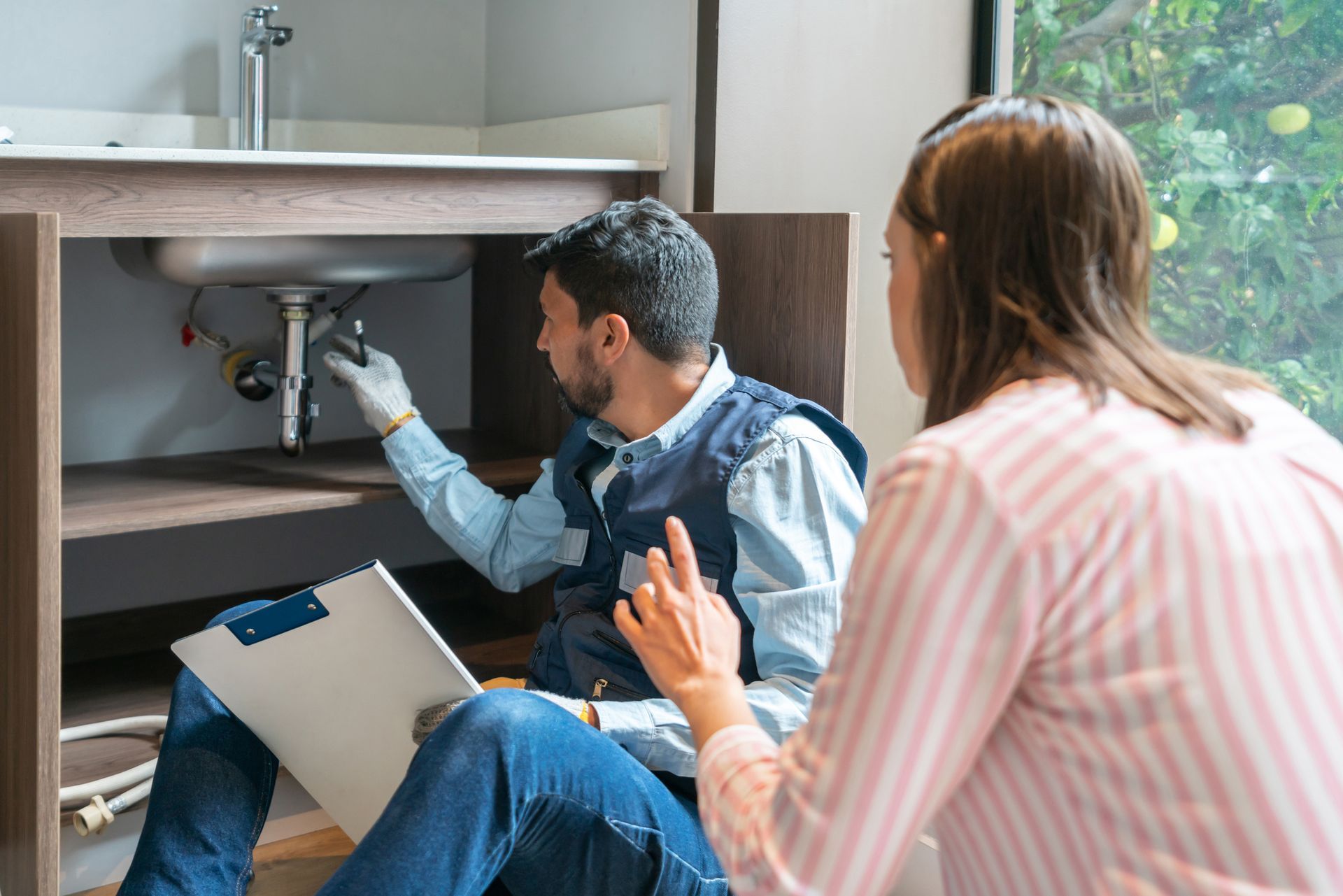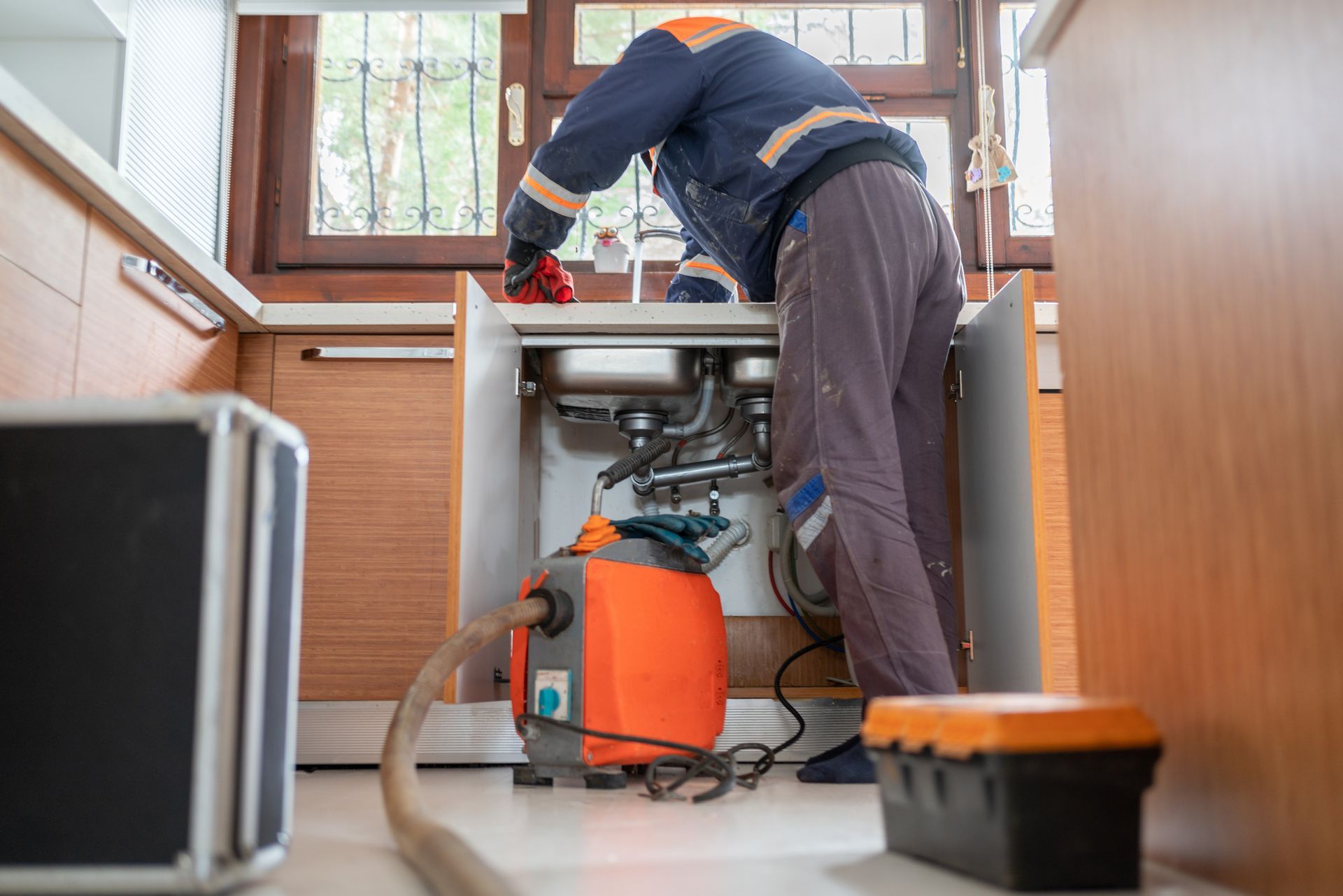3 Tips to Prevent Your Pipes from Freezing in the Winter
1. Make Use of Your Furnace and Supplemental Heat Sources
Your home's heating system can be your greatest ally in preventing pipe freezing. Remember to leave your heat on at least to a minimum during winter nights to protect your pipes from unexpected temperature dips.
This way, you can avoid a pipe burst in the cold, early hours of the morning. Similarly, you should remember to leave some heat running if you will be away from your home for an extended period of time.
If you have problem areas in your home that your furnace struggles to heat, consider using a supplemental heat source such as a space heater to save your pipes in these areas. Some homeowners even use low-temperature electric heaters to protect their pipes in crawl spaces and other confined spots.
2. Leave Faucets Dripping and Open Cabinet Doors
The simplest way to discourage pipes from freezing is to keep a trickle of water running through them by allowing a connected faucet to drip. Do this for both the hot and cold sides to ensure all connected water lines are protected. This method is particularly useful for water supply lines along the outer edge of your home that have less protection from your home's insulation.
In addition to letting your faucets drip, you can keep your pipes warm by opening cabinet doors beneath your sinks at night. This will allow heated air inside your home to reach the water lines more easily, and the ambient air temperature in your home will help to prevent pipe freezing.
3. Install Pipe Insulation or Heat Tape
Naturally, insulating your pipes is the most direct approach you can take to preventing pipe freezes. Your local supply stores should have pipe covers made of fiberglass, foam, or rubber that you can easily install on your own.
Simply cut the covers to the desired length and slip the open end over the pipe. Alternatively, you can hire a professional to cover exposed pipes with spray foam insulation for even greater protection.
Heat tape, a modern advancement, is a type of power cable that is wrapped around a pipe and uses electricity to keep the pipe warm. It was once necessary to wire heat tape directly into the home's electrical system, but most heat tape products now feature a plug on one end so they can be powered by an electrical outlet.
Heat tape is a good choice in the coldest environments because it can resist below-freezing temperatures. Before you decide to use heat tape, you should understand the distinction between the two most common types of heat tape. Self-regulating heat tape will respond to temperature changes on its own, while thermostat-controlled tape requires installation of a dedicated thermostat.
When it comes to systems as critical as your home's plumbing, it's always wise to make preparations for every eventuality. With these tips, you can avoid being caught off-guard by a winter pipe burst and potentially save thousands on repairs. If you are concerned that your plumbing may not be ready for winter, call the experienced team at J & S Plumbing, Inc.

